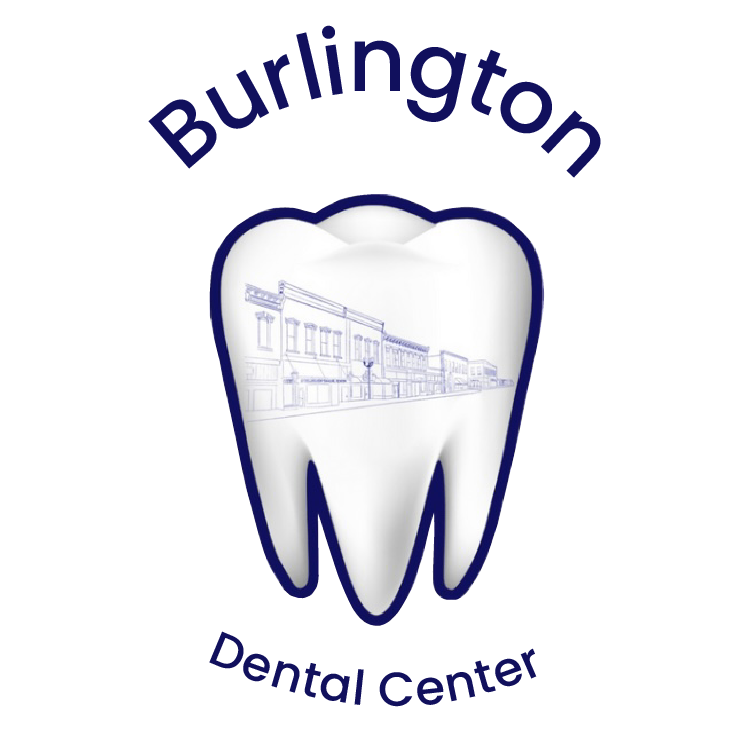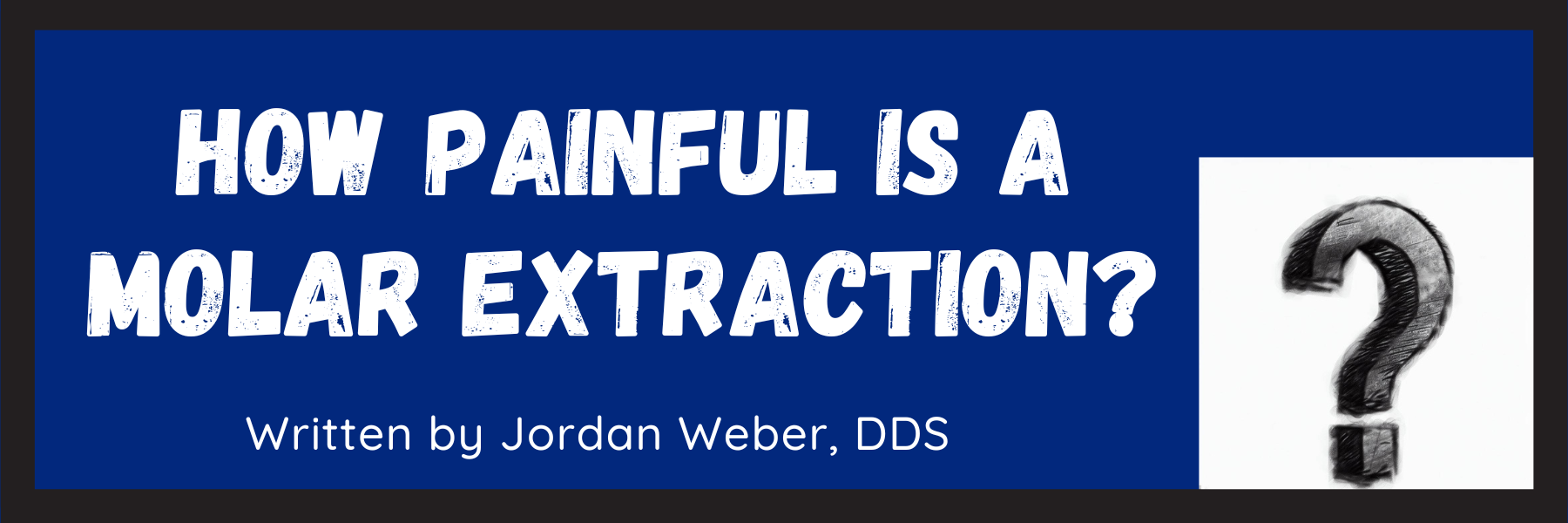Worried about the pain from a molar extraction? Let's simplify what you'll feel and how dentists ensure your comfort.
With local anesthesia, you'll only feel pressure, not pain. Options like sedation are there for extra ease, particularly for people with severe dental anxiety. Key to a smooth experience is talking to your dentist about any discomfort.
Post-procedure, pain management and following aftercare instructions aid in a quick recovery.
Quick Summary: How Painful is a Molar Tooth Extraction?
Molar extraction might sound daunting, but thanks to modern anesthesia and dental techniques, the actual pain felt during the procedure is fairly minimal.
You will likely experience some discomfort and pressure, but severe pain is typically prevented with local anesthesia or sedation.
Post-extraction, pain can generally be managed with over-the-counter pain medication and following your dentist’s aftercare advice.
Recovery varies but involves some days of mild to moderate discomfort as the area heals.
Factors Affecting Pain Levels During Molar Extraction
Several factors can influence the pain levels experienced during a molar extraction.
One significant factor is the complexity of the extraction.
If the molar is impacted or requires surgical intervention, there may be more discomfort during and after the procedure.
Additionally, individual pain tolerance and anxiety levels can also affect how the procedure is perceived.
The dental professional's skill and experience also play a crucial role in minimizing pain. A qualified dentist will have the necessary expertise to perform the extraction efficiently, thereby reducing any potential pain or discomfort.
By administering an appropriate amount of anesthesia, the dentist can ensure that the patient remains comfortable throughout the procedure. Different techniques, such as nerve blocks or infiltration anesthesia, may be utilized based on the specific needs of the patient and the complexity of the extraction.
Finally, post-operative care and adherence to aftercare instructions can significantly impact pain levels following a molar extraction. Proper wound management, including the use of prescribed pain medications and following dietary restrictions, can help minimize discomfort and promote faster healing.
Preparing for a Molar Extraction: What to Expect
Prior to the extraction, your dentist will thoroughly examine your dental health and discuss the procedure with you. They will explain the process, address any concerns you may have, and evaluate any potential risks or complications.
It's important to inform your dentist about any medications you are taking, as well as any medical conditions you have. This information will help them tailor the extraction process to your specific needs and ensure your safety throughout the procedure.
During the extraction, local anesthesia is administered to numb the area around the tooth.
This ensures that you won't feel any pain during the procedure.
Your dentist will then use specialized tools to gently loosen the tooth from its socket before carefully removing it.
In some cases, conscious sedation or general anesthesia may be used for more complex extractions or for patients with dental anxiety.
After the extraction, your dentist will provide you with detailed post-operative instructions to promote healing and prevent complications.
This may include information on managing pain and swelling, caring for the extraction site, and what to eat or avoid in the days following the procedure. It's important to follow these instructions closely to ensure a smooth recovery process and minimize the risk of infection.
Exploring Different Anesthesia Options for Molar Extraction
There are several anesthesia options available for tooh extractions, which can greatly minimize pain and discomfort.
Local anesthesia is the most common method used. It involves injecting a numbing agent directly into the area surrounding the tooth.
For individuals with severe anxiety or complex extractions, nitrous oxide or conscious sedation may be utilized. These involve the administration of medications that induce a state of relaxation, making the procedure more comfortable.
General anesthesia, typically administered in a hospital setting, ensures complete unconsciousness during the extraction. It’s important to recognize that this procedure is much more expensive and invasive, and thus comes with its own set of risks.
Post-Extraction Pain Management Strategies
Following a molar extraction, it is normal to experience some discomfort and swelling.
Your dentist will provide instructions on pain management, which may include over-the-counter pain medications or prescription pain relievers if necessary. Applying ice packs to the affected area and avoiding certain foods can also aid in reducing post-extraction pain.
It's important to follow your dentist's post-extraction care instructions closely to promote optimal healing and minimize any potential pain or complications.
Common Myths About Molar Extraction Pain
There are various misconceptions surrounding molar extraction pain.
One common myth is that tooth extractions always result in excruciating pain.
However, this is not the case.
With modern anesthesia techniques, patients can have a comfortable experience during the procedure.
Understanding the Molar Extraction Process
A molar extraction is performed to remove a broken, decayed, infected, or impacted molar from the mouth.
The procedure involves carefully separating the tooth from the surrounding tissues and gently extracting it from the socket. Dental professionals use specialized tools and techniques to ensure a successful and relatively painless extraction.
During the healing process, a blood clot forms in the socket, protecting the underlying bone and promoting tissue regeneration. It's essential to follow your dentist's post-extraction care instructions to prevent complications and aid in optimal healing.
Final Thoughts
While the fear of pain associated with molar extraction is understandable, the reality is that modern dentistry has made significant advancements in pain management. With the use of effective anesthesia options and the expertise of dental professionals, the level of pain experienced during a molar extraction can be minimized.
If you have concerns or specific questions about a molar extraction, consult with your dental provider, who will guide you through the process and prioritize your comfort.
FAQs
Does getting a molar pulled hurt?
With modern anesthesia, you shouldn't feel pain during the molar extraction itself — just pressure and potentially some discomfort. Post-procedure discomfort is normal but can be managed with pain relief methods recommended by your dentist.
How long will pain last after molar extraction?
Pain after molar extraction usually subsides significantly within a few days, with complete healing often occurring within 1-2 weeks. Any residual discomfort can typically be managed with pain medications.
Is molar extraction difficult?
The difficulty of molar extraction can vary based on the tooth's position, condition, and root structure. Impacted molars or those with complex root systems may present more challenges, requiring surgical extraction.
What is the recovery time for a molar extraction?
Recovery time can vary but generally spans 7-10 days for the initial healing process, with full tissue healing taking few weeks or more. Following your dentist's aftercare instructions can help speed up recovery.
What is the most painful tooth to extract?
The level of pain experienced during extraction can vary, but wisdom teeth, especially if impacted, are often considered more challenging and potentially more painful to remove due to their location and root complexity. Additionally, severely infected teeth are often associated with more painful extractions.
How do you pull out a molar tooth without it hurting?
A molar tooth should only be extracted by a dental professional using appropriate anesthesia to prevent pain during the procedure. Techniques and anesthesia options can significantly minimize discomfort.
Are decayed teeth easier to extract?
Decayed teeth may be more fragile, which can sometimes complicate extraction if they break apart. However, a skilled dentist can manage these challenges effectively. The condition of the tooth does not necessarily make the extraction process less painful, as pain management primarily depends on the use of anesthesia.
* Though the author of this post is a licensed dentist in the state of Kansas, this information is provided for informational and educational purposes only. Please use your best judgment and contact emergency medical services in the event of an emergency.




